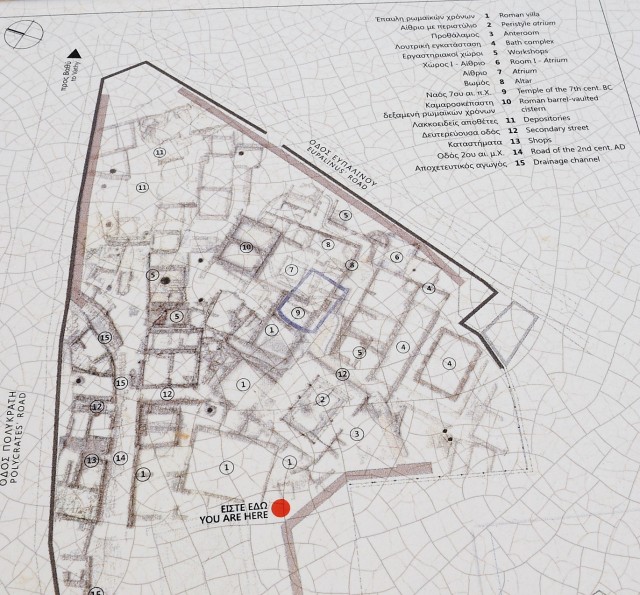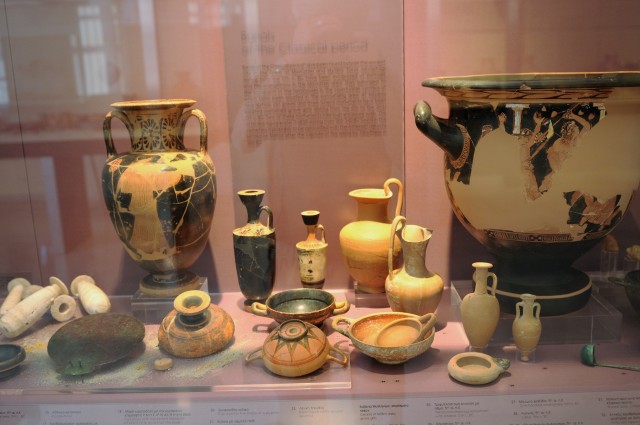Samos island is a Greek island in the eastern Aegean Sea off the coast of Turkey (modern city of Kusadasi), from which it is separated by the 1.6-kilometre (1.0 mi)-wide Mycale Strait Samos. The Greek philosopher and mathematician Pythagoras, after whom the Pythagorean theorem is named, was from Samos. In classical antiquity the island was a center of the Ionian culture.
In the 6th century BC Samos was ruled by the famous tyrant Polycrates, during which time the engineer Eupalinus dug a tunnel through Mount Kastro. The purpose of the tunnel was an aqueduct to supply the ancient capital of Samos with fresh water. Also the tunnel was the utmost defensive importance as it was not easily detected by an enemy who could otherwise cut off the supply. The aqueduct is now part of the UNESCO World Heritage Site, the Pythagoreion. Another post addresses the tunnel in more detail.
Ancient Samos was built using many ancient water technologies including aqueducts, reservoirs, cisterns, swimming pool, drainage channels, wells, fountains, and a bath complex. The Eupalinus tunnel was pre-Roman and the remaining photos of ancient Samos were of the Roman era.

Tunnel of Eupalinas

Reservoir along Eupalinus Aqueduct

Eupalinus Aqueduct – cistern





Pythagoreion – UNESCO World Heritage Site


Swimming pool



Cistern
Cistern

Cistern

Drainage channel

Drainage channel

Drainage channel

Drainage channel

Drainage channel

Drainage channel

Drainage channel








Part of a fountain



Samos Island (1574)
Giovanni Francesco Camocio. Isole famose porti, fortezze, e terre maritime sottoposte alla Ser.ma Sig.ria di Venetia, ad altri Principi Christiani, et al Sig.or Turco, Venice, alla libraria del segno di S.Marco (1574)
